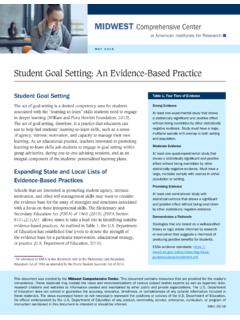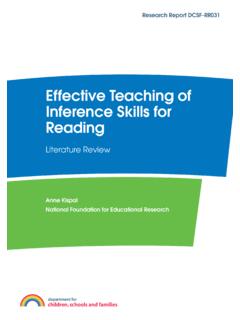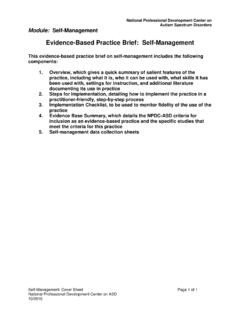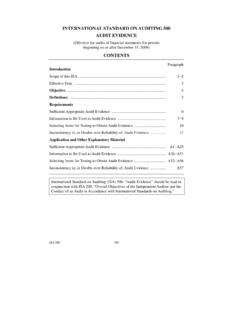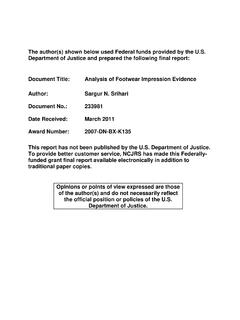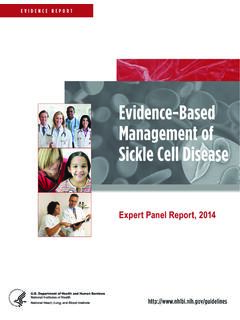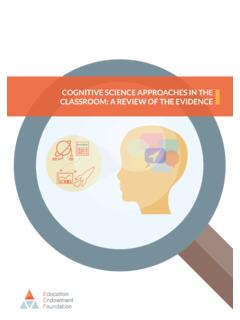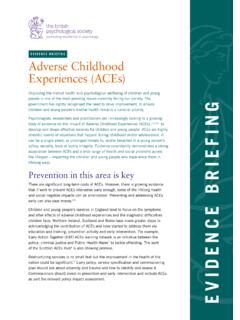Transcription of Understanding Evidence: EVIDENCE BASED DECISION …
1 EVIDENCE BASED DECISION -Making 1 Introduction to EVIDENCE BASED DECISION -Making EVIDENCE BASED DECISION -Making is a process for making decisions about a program, practice, or policy that is grounded in the best available research EVIDENCE and informed by experiential EVIDENCE from the field and relevant contextual EVIDENCE . Understanding EVIDENCE : EVIDENCE BASED DECISION -MAKING SUMMARY When somebody on staff asks what we should do to address a problem, the first questions I now ask are What does the research say? What is the EVIDENCE base? What information can we gather to determine if it will fit in different contexts? It s become a way of life.
2 Jim Hmurovich, BA, MS Ed, President & CEO, Prevent Child Abuse AmericaWhat is the framework for thinking about EVIDENCE ?The framework includes contributions from researchers and practitioners to provide a more comprehensive view of EVIDENCE that is appropriate and necessary for DECISION -making. To inform public health DECISION -making, the framework is composed of three dimensions that complement one another:Contextual EvidenceBest Available EvidenceExperiential EvidenceEvidence BASED DECISION -Making 2 What are the stages of the DECISION -making process?1. Gathering EVIDENCE : Seek out best available research EVIDENCE Collect contextual information on factors important for the DECISION Draw upon the expertise and knowledge of stakeholders 2.
3 Interpreting EVIDENCE : Consider the strength of the research EVIDENCE BASED on the dimensions of the Continuum Explore the experience, preferences, and values of local stakeholders lation affected by the decision3. Applying what you learned from EVIDENCE : Consider all three types of EVIDENCE to provide the best opportunity to prevent violence before it occurs. In the application of EVIDENCE stage, the collective sources of EVIDENCE are considered, prioritized and transformed through group deliberation into an actionable are the characteristics of the DECISION -making process? TransparencyInclusiveness/ParticipationO penness/ExplicitnessSkilled Leadership and FacilitationDefined ProcessEvidence BASED DECISION -Making 3It is important to keep in mind that attaining all of these characteristics represents a goal for optimal outcomes, but that each DECISION -making scenario will be unique and the level to which these characteristics can be achieved will vary from situation to situation.
4 What s Next?For more information, please refer to the What s Next report received upon completion of the Lesson Modules. This document contains additional resources relating to contextual EVIDENCE and its successful application.
